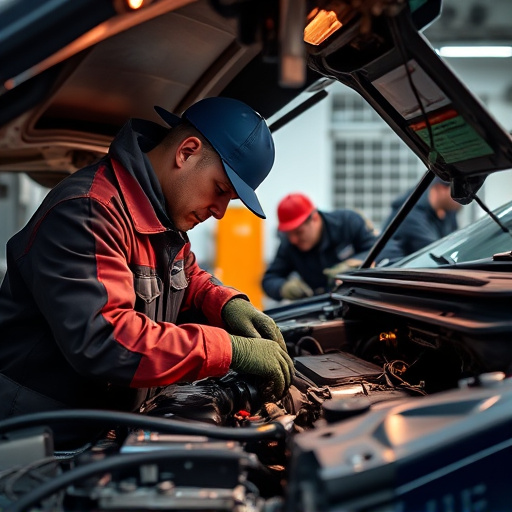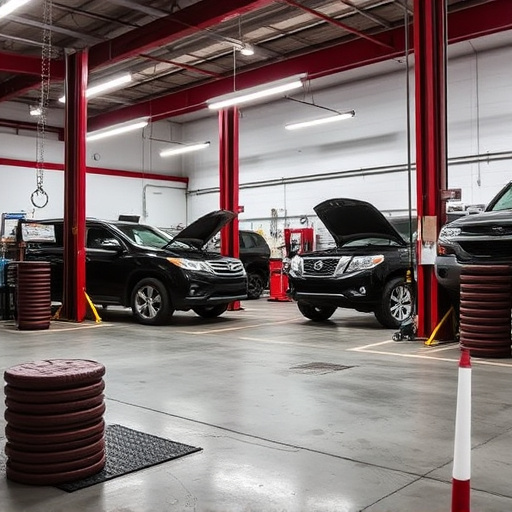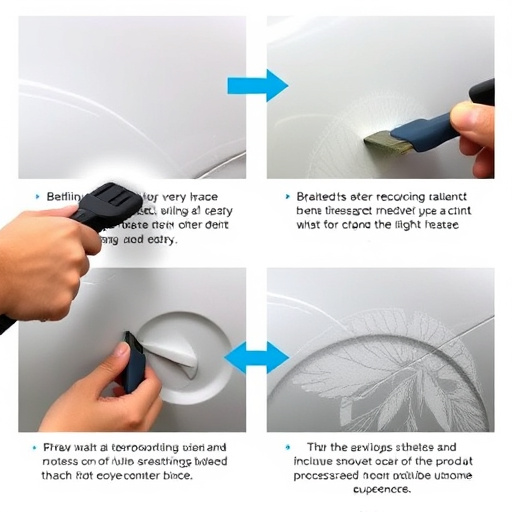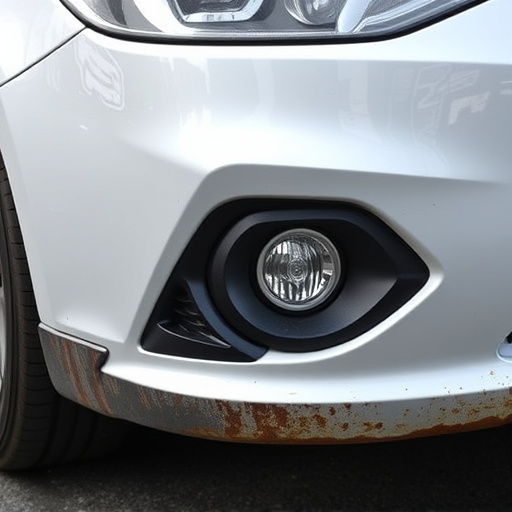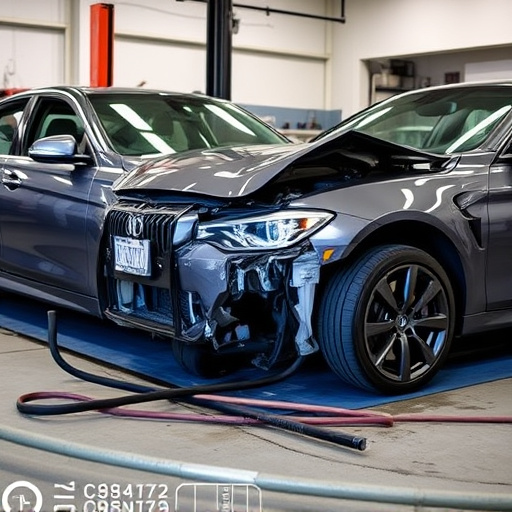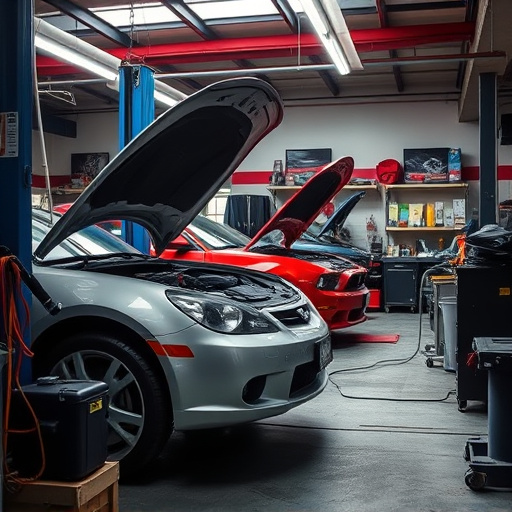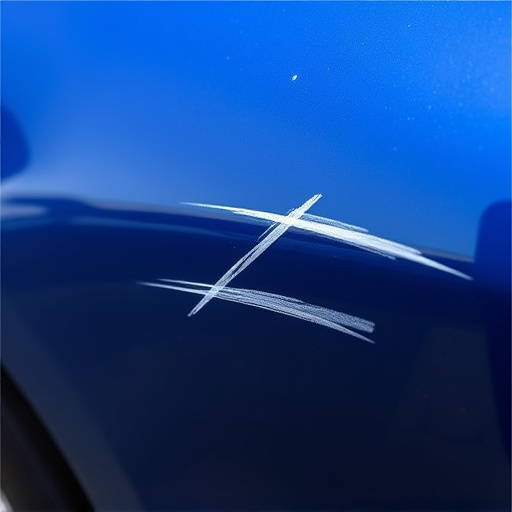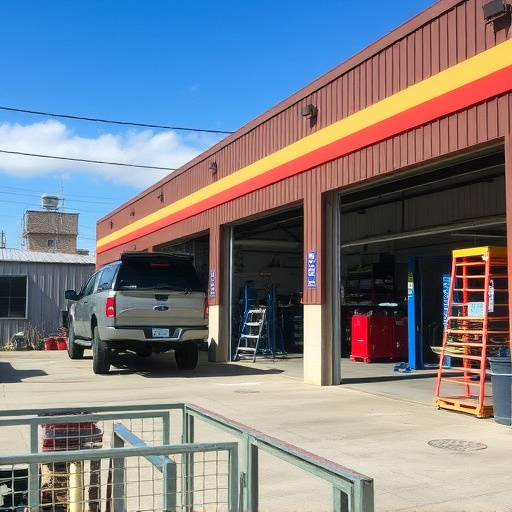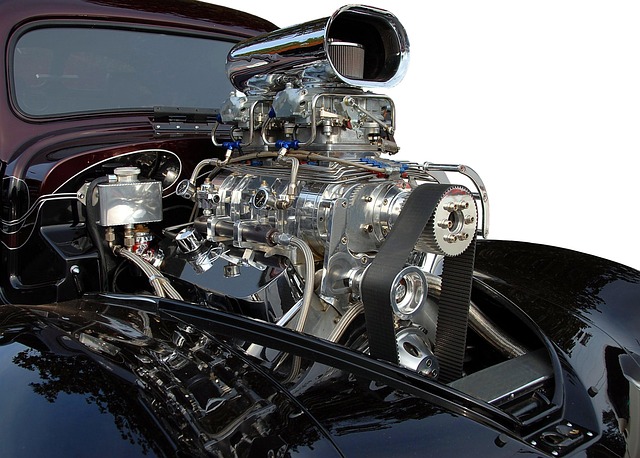Tesla's collision diagnostics system uses sensors, cameras, and software to thoroughly assess vehicle damage after collisions, ranging from minor to major. This advanced technology is crucial for efficient body repair, ensuring vehicles return to their pre-accident condition while prioritizing customer safety. Beyond traditional repairs, these diagnostics identify subtle issues, reconfigure systems, and enhance overall vehicle safety, but require ongoing updates to interpret complex data streams as Tesla continues to innovate in the automotive industry.
“Unveiling the intricacies of Tesla collision diagnostics, this article delves into the cutting-edge system that enhances vehicle safety. With a focus on software and sensor reconfiguration, we explore how Tesla’s innovative approach detects and mitigates collisions. From understanding the diagnostic process to its optimization for safety, this guide offers valuable insights.
Learn about the intricate mechanisms behind Tesla collision diagnostics, its role in reconfiguring sensors and software, and the resulting benefits for vehicle autonomy and passenger protection.”
- Understanding Tesla Collision Diagnostics: A Glimpse into the System
- Software and Sensor Reconfiguration: The Core Process
- Optimizing Safety: Benefits and Challenges of Tesla Collision Diagnostics
Understanding Tesla Collision Diagnostics: A Glimpse into the System
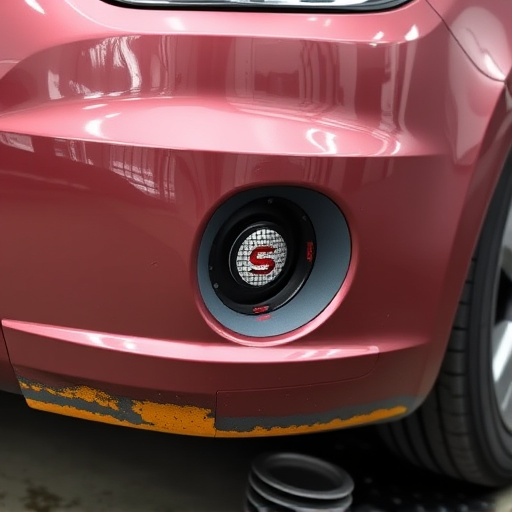
Tesla collision diagnostics is a sophisticated system designed to detect and assess vehicle damage, playing a pivotal role in modern automotive safety. This advanced technology goes beyond traditional visual inspections, employing a network of sensors and cameras to capture detailed data about any impact or collision. By analyzing this information, Tesla’s diagnostic tools can pinpoint exact locations and severities of damages, from minor dents to more complex structural issues.
The system integrates seamlessly with the vehicle’s software, allowing for precise reconfiguration of sensors and control modules post-repair. This not only ensures optimal performance but also enables specialized collision repair services to accurately restore the car to its pre-incident condition. Whether it’s a simple fender bender or a more complex accident, Tesla collision diagnostics provides invaluable insights, facilitating efficient vehicle body repair and enhancing customer safety in the process, with many turning to trusted collision centers for professional assistance.
Software and Sensor Reconfiguration: The Core Process
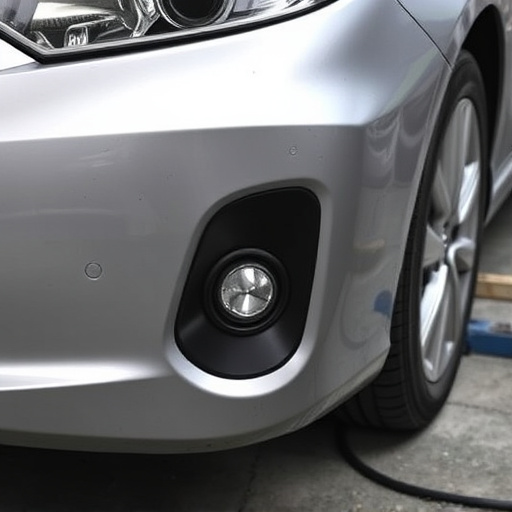
Tesla collision diagnostics play a pivotal role in ensuring vehicle safety and performance after an accident. At the heart of this process lies software and sensor reconfiguration – a meticulous procedure that demands precision and expertise. This involves resetting and recalibrating various onboard computer systems and sensors to their optimal functioning state, especially after damage or disruption.
The core process begins with identifying affected components through advanced diagnostic tools. Once located, specialized technicians employ precise procedures to realign and reprogram software parameters, ensuring every sensor – from cameras to radar units – operates in harmony. This meticulous reconfiguration is crucial not just for accurate Tesla collision diagnostics but also for seamless integration of auto repair services, including dent removal, to restore the vehicle’s pre-accident condition.
Optimizing Safety: Benefits and Challenges of Tesla Collision Diagnostics
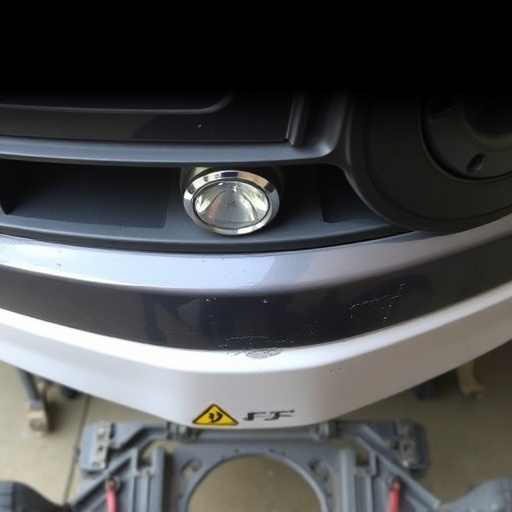
Tesla collision diagnostics play a pivotal role in enhancing vehicle safety, offering numerous benefits to both manufacturers and drivers. By meticulously analyzing sensor data and software performance during and after a collision, these diagnostics can identify subtle issues that might go unnoticed through traditional auto dent repair or even vehicle collision repair processes. This enables timely reconfiguration of sensors and software, ensuring critical systems operate at peak efficiency. As a result, the overall safety profile of Tesla vehicles is significantly improved, reducing the risk of future accidents.
However, implementing effective Tesla collision diagnostics comes with its own set of challenges. It requires sophisticated technology to capture and interpret complex data streams from various sensors, including cameras, radars, and ultrasonics. Moreover, the constant evolution of software and hardware necessitates regular updates and calibrations, adding complexity to the auto frame repair process. Balancing these challenges while leveraging the benefits of Tesla collision diagnostics is crucial for maintaining a high standard of safety in today’s rapidly advancing automotive landscape.
Tesla collision diagnostics play a pivotal role in enhancing vehicle safety by enabling software and sensor reconfiguration. This advanced system allows for continuous improvement and adaptation, ensuring that Teslas remain at the forefront of autonomous driving technology. While challenges exist, such as data privacy concerns and regulatory hurdles, the benefits of optimized safety and improved driver confidence make Tesla collision diagnostics a game-changer in the automotive industry. As we navigate the evolving landscape of self-driving cars, these diagnostic tools will be crucial in fostering a safer and more efficient future for transportation.
